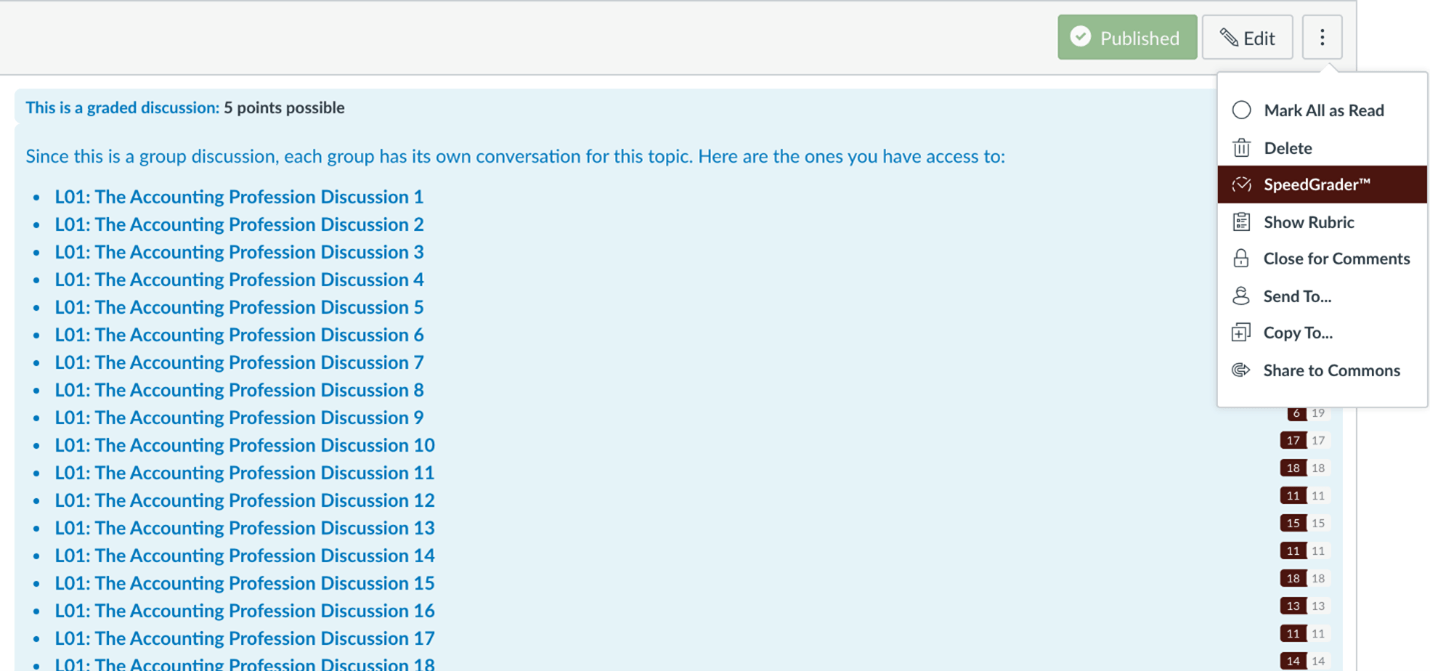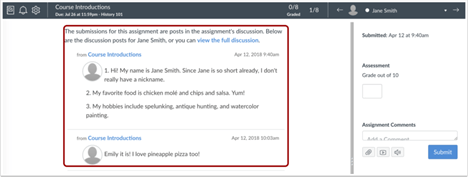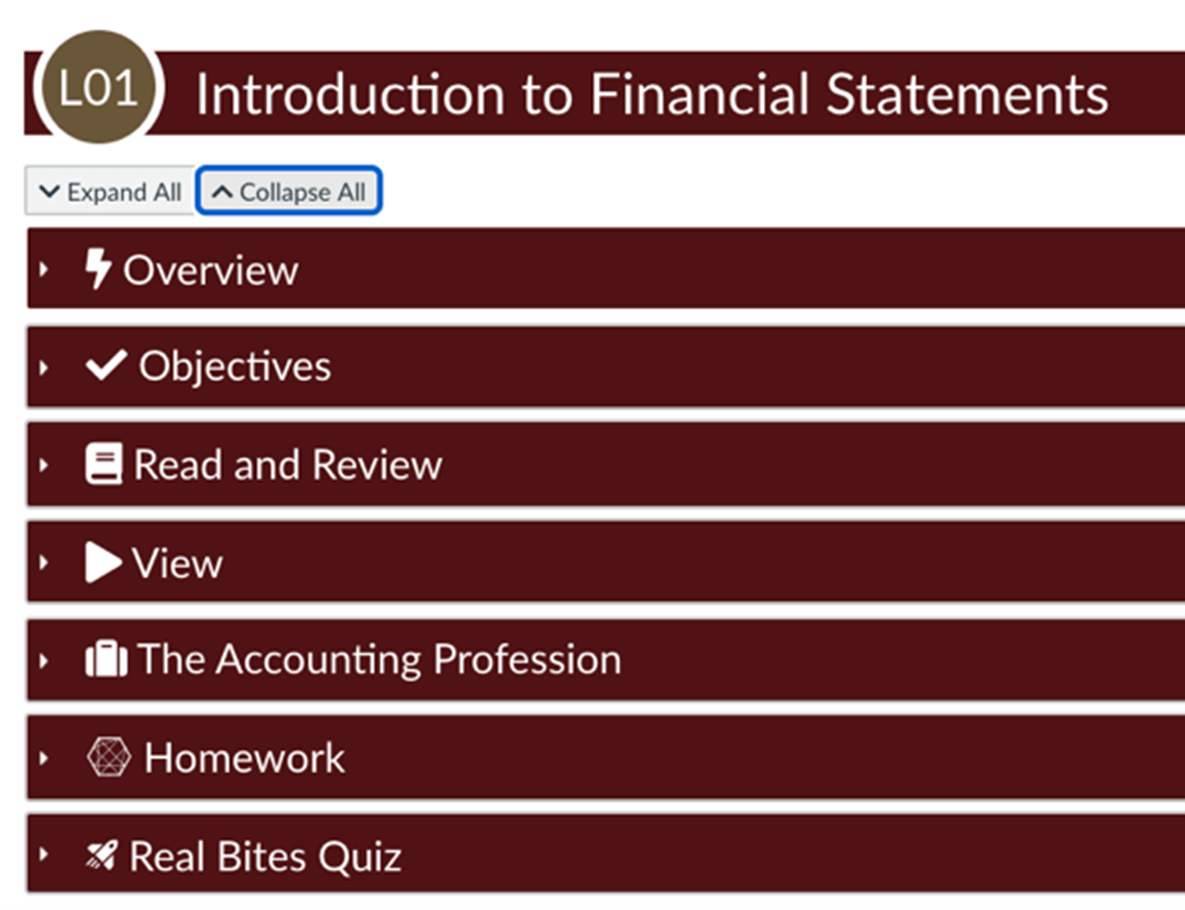Snapshot
Your name, title, etc.: Ludmila V. Krylova, CPA, MPA, Lecturer
Department/College Accounting Department/ McCoy College of Business
Discipline: Financial Accounting (lower and upper level undergraduate).
I generally teach 250+ students in my lower level class (hybrid or online) and about 180 students in my four sections of upper level class (face-to-face)
Tip #1: Give the Discussion Tool a Try
The group discussion tool allowed me to connect with students and start building the sense of community in a large online class right at the beginning of the semester. Canvas allows you to randomly split class into groups. I prefer to keep up to 4 people in a group for the content related discussions and up to 10 people for more general discussions. I noticed that in tighter groups students feel freer to express their ideas and more invested in commenting on the thoughts of others.
Speed-grader is a wonderful tool, as it allows you to see individual student’s post and comments in one place, making it easy for you to grade. Additionally, the instructor could provide comments in multiple formats, including audio and video, that students enjoy.
In addition, every semester I base general discussions on the block of study material, so students are able to post their questions 24/7 and receive the answer from me outside the class or office hours’ times. That is particularly important around exam times, when number of questions increases.
Tip #2: Use Grades for sending reminder messages and announcements
Grades in Canvas allows you to send messages for students “at risk”, e.g. those, who did not submit the assignment or earned a low score.
At the beginning of the semester, I messaged all of the students utilizing Grades to ensure that all of the students received an important piece of information. You may ask why I did not to use Announcements instead. In fact, I used both. Unlike in TRACS, Announcements in Canvas are not automatically delivered to the students’ mailboxes. (Editor’s Note: Notifications can now be turned on by course.) Only students who turned on notifications will receive them. So, if you plan on sharing important information that is not present anywhere except announcements, you may want to advise students at the beginning of the semester to go to Account-Settings-Notifications to turn announcements on (see below).
Tip #3. Use Commons wisely
Canvas allows you to share quizzes (exams) and other assignments with your colleagues very seamlessly through Commons. That is particularly valuable for multiple instructors of the same course. I learned that Commons is visible to all the students and educators in Texas State. Make sure to delete your graded quiz (exams etc.) from Commons immediately after your colleague downloaded it. It is even better to coordinate in advance, so your colleague has a tiny window for the download.
Tip #4. Make your design ideas possible by utilizing University Resources
There are multiple ways to create structure in the Modules and some of the tools are not automatically available. If you are very specific about your course organization for your online/hybrid class, you could schedule a meeting with ODEL (Office of Distance and Extended Learning) and they will be able to assist. In my case, ODEL personnel installed the “accordion” feature (collapsing menus), that I wanted for my course. I came with an idea, that I wanted to keep the content for every chapter in one page without making it too clunky and long. ODEL suggested a couple of options from which “accordion” was chosen and installed in my course. Overall, I suggest taking trainings for Canvas at Texas State. They are useful and up to the point. Or schedule individual appointments if you need help with a specific item.





